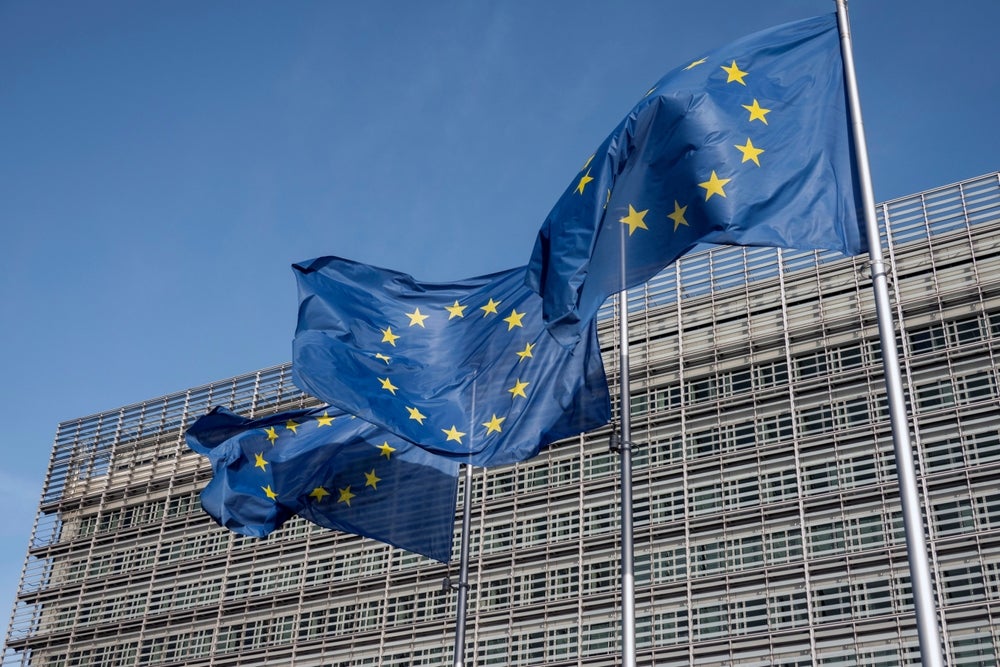
Energy companies operating within the EU are looking at storing excess gas in Ukraine as the bloc’s reserves continue to fill ahead of schedule.
According to figures from Gas Infrastructure Europe, the EU’s stockpiles are now nearly 99% full after a summer of above-average storage activity. In mid-August, the bloc reached its 90% reserves target originally set for 1 November, coming in two and a half months ahead of schedule.
At the time, it was reported that a slowdown would be needed to prevent gas inventories in the EU running out of space ahead of winter.
Increased imports of liquid natural gas (LNG) and a decrease in demand have contributed to an increase in stored volumes, boosting Europe’s energy security and making another shock energy crisis less likely.
“The risk of a gas shortage in Europe is low for this winter, barring any major unplanned supply disruptions or long, deep cold snaps that hit Europe and Asia at the same time,” Natasha Fielding, head of European gas pricing at Argus, a price reporting agency, told the Financial Times (FT). “Europe has stocked up as well as it possibly could.”
Last year, the IEA warned that Europe’s backup gas supply could fall short of requirements by as much as one-third.
Now, with the EU almost at full capacity, energy companies are turning to Ukraine, which houses the bloc’s largest storage tanks, to hold their reserve supply. If filled, the country would see its levels of natural gas return to pre-invasion levels. Additional storage could also further protect the EU against severe price rises.
Despite the threat of war looming over gas stores in Ukraine, companies have become incentivised to pump supply to the country largely due to cheap storage tariffs and custom duty exemptions. Storage tanks are mostly situated deep underground and far from the front lines.
Oleksiy Chernyshov, CEO of Ukrainian state-owned oil and gas company Naftogaz, told the FT that European companies would be taking a “pure commercial risk” by putting their gas into Ukrainian storage, which could still be targeted by Russian strikes despite laying far from the fighting. Naftogaz also said that 128 of its gas facilities had been damaged in Russian attacks so far this year, although none of these are thought to have been underground.
It has been widely acknowledged that the conflict in Ukraine has affected global energy supply, and efforts to stabilise the flow of oil and gas has been a key concern for all parties involved.


